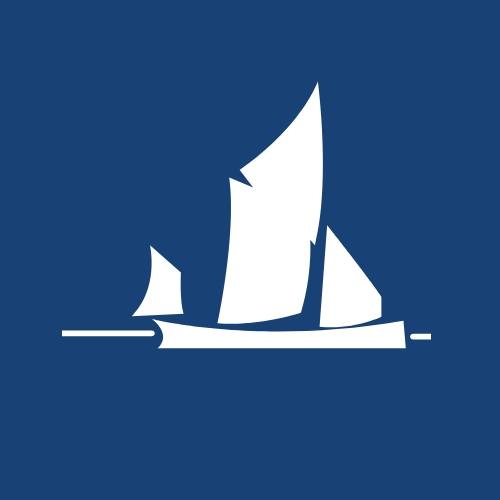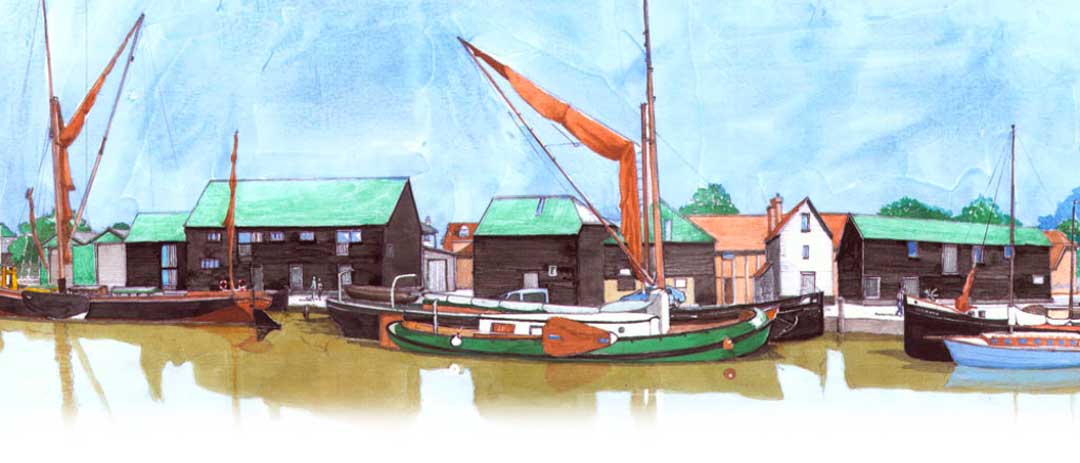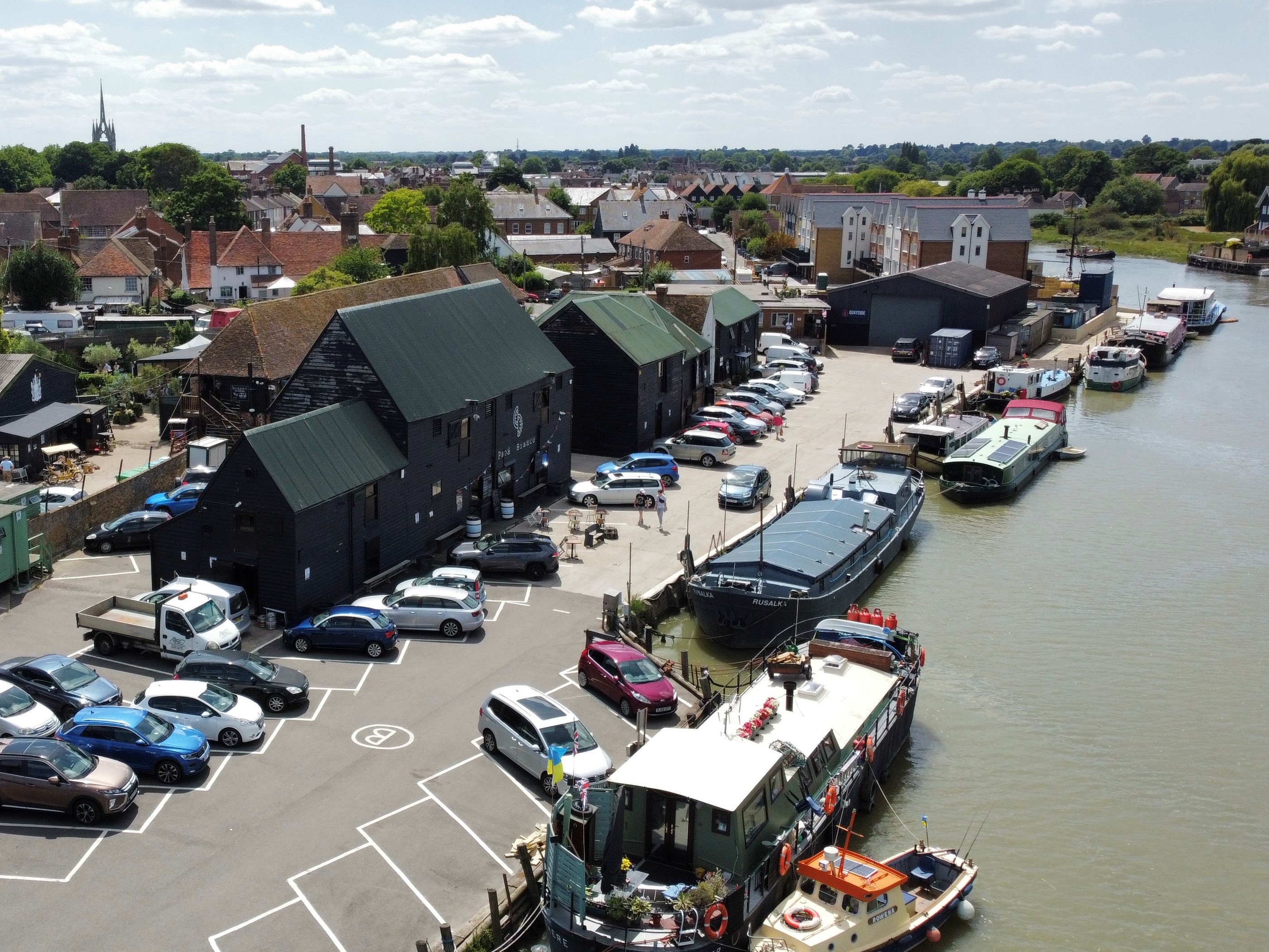
About Standard Quay

Standard Quay is home to several historic ships and boats including barges such as Greta and Whippet as well as traditional fishing boats, classic tugs and overnight moorings of all sorts! One of Standard Quay’s classic ‘barn’ buildings, that dates back to the 1700s, is the temporary home of the Cambria Thames Barge Exhibition.
The History of Standard Quay
There has always been an extremely close relationship between Faversham and its Creek, with the economic fortunes of the town relying on the commerce brought about by close access to the sea.
In 1147, King Stephen and his wife Queen Matilda established a large Abbey by the Creek, not far from Standard Quay’s current location. The formation of this Abbey marked the beginning of Faversham’s growth into a very successful port and market town.
Standard Quay’s important location on the Creek meant it played a key role in Faversham’s maritime commerce throughout the ages until well into the twentieth century.
Ships and boats have been built at Standard Quay for over three hundred years, with an estimated 120 sailing vessels built there since 1700. In the early days, fishing and oyster catching were major industries and many oyster smacks were built at Standard Quay.
Other vessels built at the Quay included coasting hoys, which were used to transport cargo to London and were around 55-60 feet long. Fishing smacks and sailing barges were also built here by a succession of well-known ship-building families.
The most famous shipbuilder was John Matthew Goldfinch who, from 1867, built at least 15 sailing barges at Standard Quay. His largest vessel, launched in 1894, was the famous Goldfinch which was 98ft and 144 tons. It was schooner-rigged and one of only two barges to carry proper topsails, and was state of the art in terms of design and construction.

Facilities available at Standard Quay and adjoining Quays
— Secure tidal mud berths for large traditional vessels;
— Communally available sail loft and inside workshop;
— A full range of maintenance refitting services: welding, mechanical and engineering, carpentry and joinery, crane and lifting services, tug services, sand blasting.
The Cambria Exhibition
Launched in 1906, Cambria is the last Thames sailing barge to trade entirely under sail. Her working life began as a river and coastal cargo carrier, regularly sailing the London river to the Medway and across the channel to Rotterdam, Antwerp, Dunkirk, Calais and Treport.
Cambria’s cross channel cargoes were pitch, coke, wheat and oil cake, and her home ports were any harbours between the Humber and Cornwall.
On 6 September 2007, Cambria came to Standard Quay for restoration and rebuilding. The long process of restoration of the barge began with money from the Heritage Lottery Fund and local support from the town of Faversham and commercial sponsors and ended up costing approximately £1.4 million.
She was re-launched into the Faversham Creek on 23 March 2011 and since her rebuild, Cambria has worked with various charities taking predominantly Young Carers on weekend sailing experiences. She is also used to train personnel for the Thames Boatman Scheme, and other charities training volunteers, particularly people wishing to become mates and third hands, in an endeavour to meet the dearth of people qualified to sail barges.
Find out more:
Follow them on social media:


